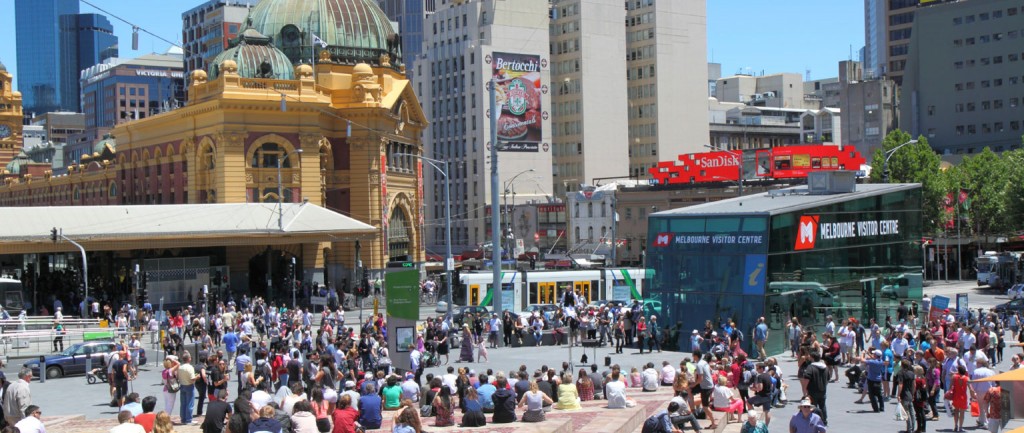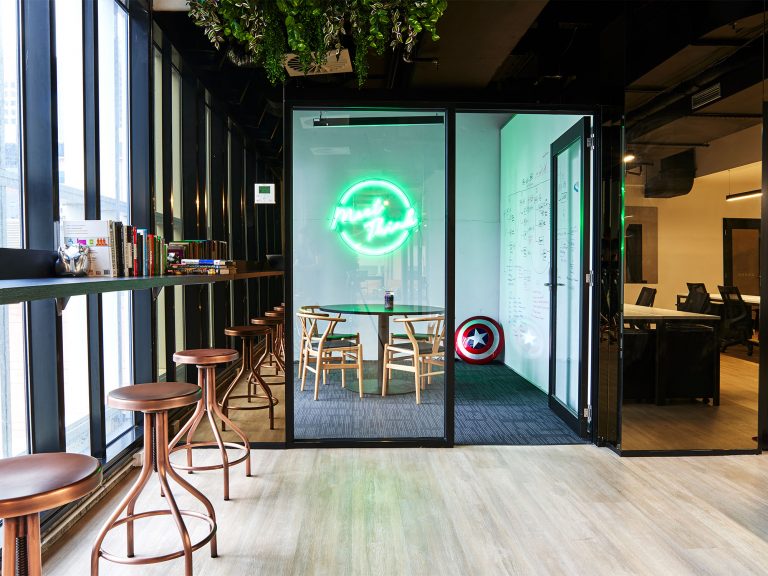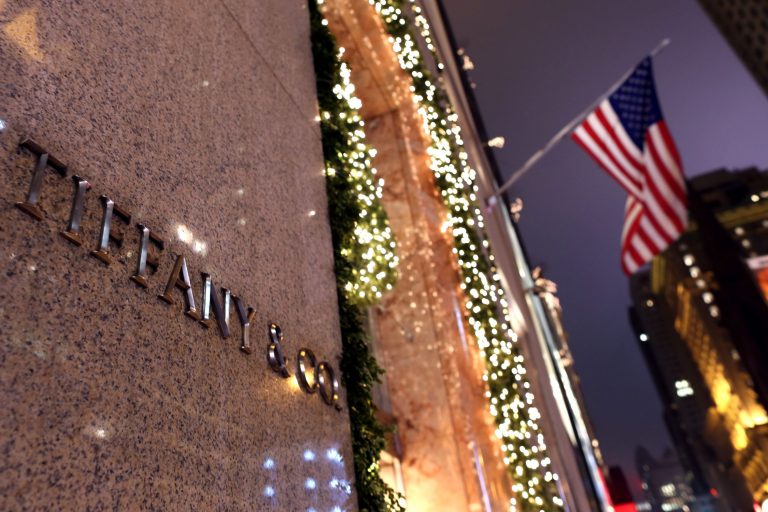Big-brand juggernaut to continue driving retail leases

Investors might be flocking to sub-regional shopping centres in droves, but when it comes to leasing, Australia’s CBDs are still king.
That’s the upshot from commercial agent CBRE’s latest report into retail rents, which highlights significant and ongoing growth in city rental markets.
Sydney’s retail leasing juggernaut continued unabated in 2015, with rents for super prime properties leaping 30% and driving a national increase of 12%, according to the Retail MarketView report.
Regional asset: Stockland Cairns hits market with $230m price tag
“In line with this growth, vacancy rates for CBD super prime spaces are low, with almost zero availability in Sydney and Melbourne,” CBRE head of research, Australia, Stephen McNabb says.
CBRE head of retail brokerage Leif Olson says the scarcity of leasable spaces within the CBDs is playing into the hands of big international brands, with landlords able to be more selective with their tenants and displaying a preference for foreign stores.
“In Sydney alone we have seen Microsoft, Zara Home, H&M, COS, Rimowa, Cartier and Forever 21 open over the past 12 months,” Olson says.
Although regional and neighbourhood shopping centres dominated the retail landscape last year, representing more than half of the $9 billion worth of retail property that sold nation-wide in 2015, CBRE’s report says rental growth outside the cities hasn’t kept pace.

Investor interest has reached new heights at sub-regional shopping centres, but rents haven’t kept pace.
Net face rents in regional and neighbourhood centres grew by just 1% and 1.2% respectively last year, CBRE’s data shows.
“This suggests regional and neighbourhood centre rents are in an environment of low to moderate growth,” McNabb says.
McNabb says Australian retailers are showing greater resilience in the face of booming online shopping sales, with new strategies claiming back some of their lost ground.
In line with this growth, vacancy rates for CBD super prime spaces are low, with almost zero availability in Sydney and Melbourne
“The results of these investments are beginning to pay off, with market analysis revealing that the share of online dollars going to traditional retailers has significantly increased in the past five years.”
McNabb points to a 2.5% increase in department store sales – the largest growth since 2009 – as evidence of a wider trend of bricks and mortar retailers clawing back customers, while Olson says many Australian stores have consolidated their stores to great effect.
“Following a period of sluggish sales, department stores implemented new strategies in 2015, with examples including David Jones’ acquisition of a smaller footprint at Barangaroo, the consolidation of brands and products and strategic store closures in certain locations,” Olson says.







